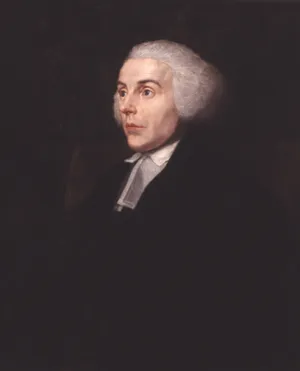Reactions to the French Revolution II
The range of popular loyalist reactions to the French Revolution will be considered this week, with special reference to the Priestley riots of 1791. In addition, the representation of loyalism via print, images, language and violence will be analysed. In addition to the texts below, published loyalist writing can be viewed via ECCO.
Key Texts
- Richard Clay, 'Riotous images: representations of Joseph Priestley in British prints during the French Revolution', History of Education, 37 (2008)
- R. B. Rose, 'The Priestley Riots of 1791', Past and Present, 18 (1960)
- John Money, Experience and Identity: Birmingham and the West Midlands, 1760-1800
- ODNB entry for Priestley, Reeves, More, Burke/
- Alan Booth, 'Popular Loyalism and public violence in the North-West of England, 1790-1800', Social History, 8 (1983)
- Jennifer Mori, 'Languages of loyalism: patriotism, nationhood and the state in the 1790s', English Historical Review, 118 (2003)
- Mark Philip, 'Vulgar conservatism, 1792-3', English Historical Review, 110 (1995)
Sources
- Edmund Burke, Reflections on the Revolution in France
- Hannah More, Stories for the Young or Cheap Repository Tracts
- John Reeves, Thoughts on the English Government (ECCO)
Questions
- Assess Edmund Burke's defence of the English Constitution. Can he be described as the father of modern Conservatism?
- Why was conservatism so popular during the French revolution?
- How did conservatives appeal to the lower classes?
- Why were Reeves views in Thoughts on the English Government thought to be 'treasonable' by Whigs such as Charles James Fox?
- Do the popular conservatives invent a new form of English patriotism?

